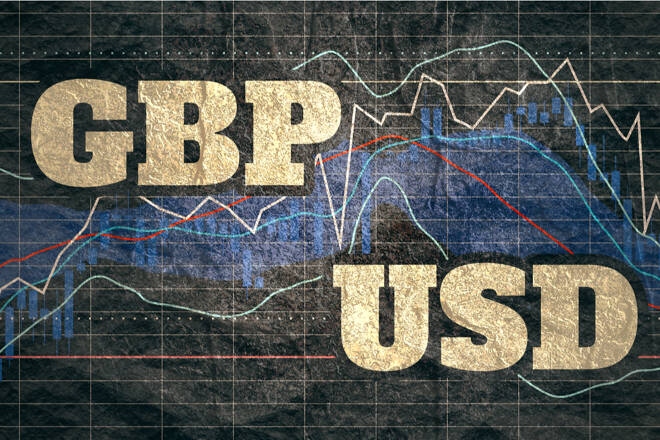Advertisement
Advertisement
GBP to USD Forecasts: Bulls to Target $1.23 on BoE Governor Bailey
By:
It is a quiet start to the week for the GBP to USD. However, BoE Governor Bailey and Brexit chatter will provide direction throughout the session.
It is a quiet start to the week for the GBP/USD. There are no UK economic indicators to provide the Pound with direction on Monday. The lack of stats will leave investors to consider the latest UK economic indicators, which align with the BoE’s gloomy outlook.
Sitting well below mid-December levels, despite a sharp retreat in the dollar, the GBP/USD faces several headwinds that continue to limit the upside.
Alongside economic and monetary policy uncertainty sits political risk and Brexit woes that could adversely affect the UK economy. The latest manufacturing sector PMI survey touched on weaker EU demand stemming from Brexit-related complications.
Brexit is back in the spotlight, with EU and UK negotiators set to enter intense negotiations this week. On Friday, the UK Government reportedly said it would delay an election in Northern Ireland to allow negotiators to make progress. The Brexit Protocol Bill is an area of focus.
While there are no UK economic indicators to influence, investors need to consider any Bank of England commentary. Today, Bank of England Governor Andrew Bailey will speak at the Treasury Select Committee hearing on the December Financial Stability Report.
GBP/USD Price Action
At the time of writing, the Pound was down 0.03% to $1.22230. A mixed start to the day saw the GBP/USD fall to an early low of $1.22100 before rising to a high of $1.22333.
Technical Indicators
The Pound needs to avoid the $1.2222 pivot to target the First Major Resistance Level (R1) at $1.2294. A move through the Friday high of $1.2289 would signal a bullish session. However, the Pound would need the risk-on sentiment and BoE Governor Bailey to support a breakout session.
In the event of an extended rally, the GBP to USD would likely test resistance at the Second Major Resistance Level (R2) at $1.2361. The Third Major Resistance Level sits at $1.2500.
A fall through the pivot would bring the First Major Support Level (S1) at $1.2155 into play. However, barring a risk-off-fueled sell-off, the GBP/USD should avoid sub-$1.21 and the Second Major Support Level (S2) at $1.2083.
The Third Major Support Level (S3) sits at $1.1944.
Looking at the EMAs and the 4-hourly chart, the EMAs send a bullish signal. The GBP/USD sits above the 50-day EMA, currently at $1.21346. The 50-day EMA pulled further away from the 100-day EMA, with the 100-day EMA widening from the 200-day EMA, delivering bullish signals.
A hold above the 50-day EMA ($1.21346) would support a breakout from R1 ($1.2294) to target R2 ($1.2361). However, a fall through S1 ($1.2155) would bring the 50-day EMA ($1.21310) into view. A fall through the 50-day EMA would send a bearish signal.
The US Session
It is a quiet day ahead on the US economic calendar, with the US markets closed. The lack of US economic indicators would leave FOMC member commentary in focus.
Hawkish chatter would test the market bets of a 25-basis point Fed interest rate hike in February.
About the Author
Bob Masonauthor
With over 28 years of experience in the financial industry, Bob has worked with various global rating agencies and multinational banks. Currently he is covering currencies, commodities, alternative asset classes and global equities, focusing mostly on European and Asian markets.
Advertisement
